One of the first displays I made when I joined the team at the Music Library was one centered around disability and music. I was still learning the ropes, so it did not have a blog post. In part this month's display is a way to refresh that topic, one that I care a lot about, and a way to highlight the new materials we’ve gotten in since December 2023. In particular, I am excited for you to read Heavy metal and disability: crips, crowds, and cacophonies edited by Jasmine Hazel Shadrack and Keith Kahn-Harris. You can find out more about it below!
Music and disability
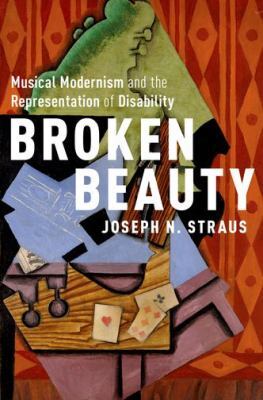

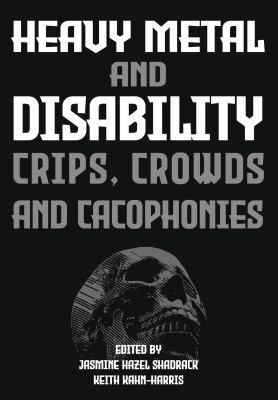
- Broken beauty: musical modernism and the representation of disability by Joseph Nathan Straus is a fresh take on the perspective of modernism within music and how it is inextricable entangled with attitudes about disability. Recommended chapter: “Therapeutic music theory and the tyranny of the normal.”
- Extraordinary measures: disability in music by Joseph Nathan Straus is a key text within the field which highlights several well-known composers with disabilities and the musical narratives and reception around their music. Recommended chapter: “Disability within music-theoretical traditions.”
- Goze: women, musical performance, and visual disability in traditional Japan by Gerald Groemer tells the story of Goze, Japanese women who were visually disabled who toured the countryside as singers throughout the 20th century. These women were able to experience great success in their performances and were part of broader cultural change. Recommended chapter: “learning the Goze art and way of life.”
- Heavy metal and disability: crips, crowds, and cacophonies edited by Jasmine Hazel Shadrack and Keith Kahn-Harris is a recently released book looking at the relationship between metal and disability. Metal is positioned as a space of possibility, where different identities can be affirmed and explored. Recommended chapter: “Stimming in the Pit: How Autistic Heavy Metal Fans Have Remained Unseen” by Vik J. Squires.

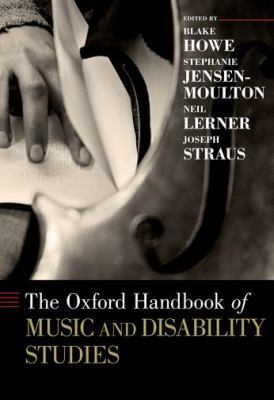
- The Oxford handbook of music and the body edited by Youn Kim and Sander L. Gilman is an intersectional look at the ways that music and the body come together, including perspectives from both research and practice. Recommended chapter: “Music and the embodiment of disability” by Michael B. Bakan.
- The Oxford handbook of music and disability studies edited by Black Howe, Stephanie Jensen-Moulton, Neil Lerner, and Joseph Straus argues that disability is central to art, rather than something on the periphery. It features a series of essays from a wide spectrum of scholars seeking to understand how disability is constructed and performed through music. Recommended chapters: “Punk rock and disability: cripping subculture” by George McKay and “Oh, the stories we tell! Performer-audience-disability" by Michael Beckerman.
- Sounding off: theorizing disability in music edited by Neil Lerner, Joseph N. Straus; foreword by Rosemarie Garland-Thomson is one of the first books to look at theoretical and historical issues of music related to disability – highlighting the ways that disability is reflected in and constructed by culture. Recommended chapter: “Beyond Abnormality – Dis/ability and Music’s Metamorphic Subjectivities” by Marianne Kielian-Gilbert.
Lived experiences
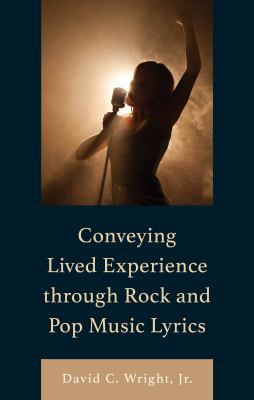

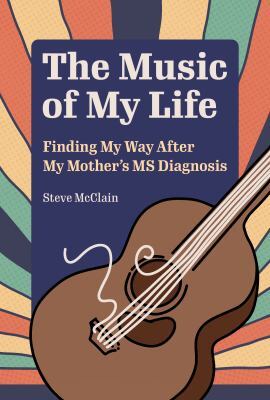
- Conveying lived experience through rock and pop lyrics by David C. Wright highlights lyrics from rock and pop music over the last seventy years, drawing on broad themes from the human experience. Recommended chapter: “Representations of Mental Illness.”
- Demystifying Scriabin edited by Kenneth Smith and Vasilis Kallis is a robust look at Scriabin’s life and how his work fits into contemporary Russian culture. Recommended chapter: “The Scriabin tremor and its role in his oeuvre” by Inessa Bazayev.
- The music of my life: finding my way after my mother’s MS diagnosis by Steve McClain recounts the life of Steve McClain as he supports his mother through MS diagnosis in a time when there was very little treatment while still maintaining his career as a musician.
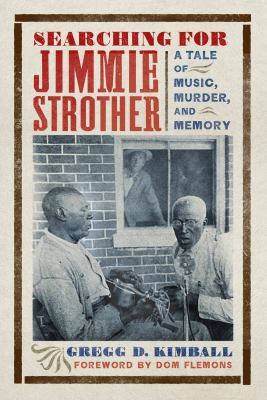
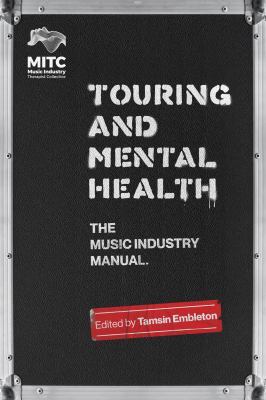
- Searching for Jimmy Strother: a tale of music, murder, and memory by Gregg D. Kimball tells the story of James Lee Strother and his unique vocal talent that combined historic spirituals with emerging genres like ragtime in 1930s America. Strother has a dramatic and tumultuous life, brought to the page vividly in this biography. Recommended chapter: “The Politics of Race and Disability.”
- Touring and mental health: the music industry manual edited by Tamsin Embleton is written for the music industry and provides support for working musicians on challenges they might find while touring. It has illustrations and vignettes from musicians throughout. Recommended chapter: “Mental health conversations and crisis management” by Whitney O’Malley.
Music therapy
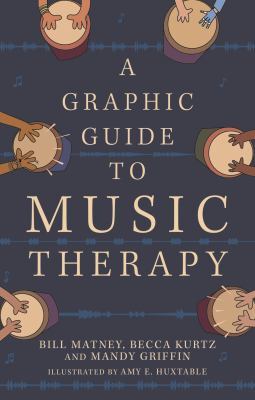
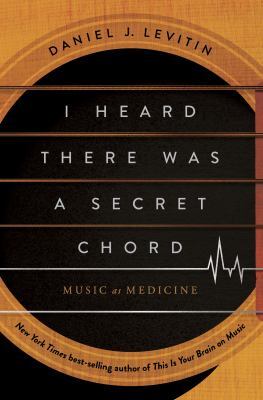

- A graphic guide to music therapy by Bill B. Matne, Becca Kurtz, and Mandy Griffin, illustrated by Amy Eli Huxtable is an approachable piece which highlights the key components of music therapy through accessible illustrations and text. Recommended chapter: “Music and Health.”
- I heard there was a secret chord: music as medicine by Daniel J. Levitin is a new release which details the history of music and medicine, situated within scientific case studies, interviews with musicians, and music theory. Recommended chapter: “Music, movement, and movement disorders.”
- Music and dementia: from cognition to therapy edited by Amee Baird, Sandra Garrido, and Jeanette Tamplin brings together the most current research on the impact of music on dementia. Recommended chapter: “Musical playlists for addressing depression in people with dementia” by Sandra Garrido.
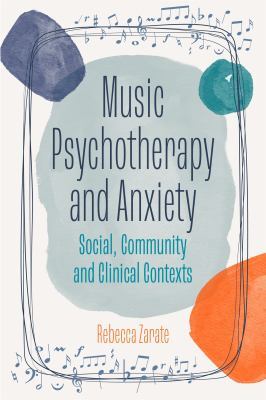
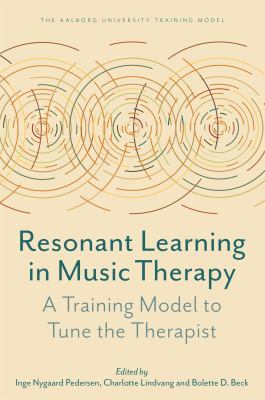
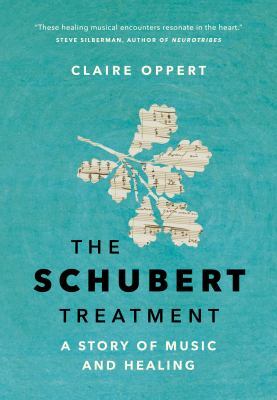
- Music psychotherapy and anxiety: social, community and clinical contexts by Rebecca Zarate centers in on anxiety and the ways that it can be managed through music therapy, particularly looking at young people.
- Resonant learning in music therapy: a training model to tune the therapist edited by Inge Nygaard Pedersen, Charlotte Lindvang, and Bolette Daniels Beck; forewords by Søren Willert and Helen Odell-Miller. This presents a model for resonant learning and why it might be beneficial for music therapy students – highlighting the advantages and disadvantages of the approach. Recommended chapter: “Therapy related body- and voice work” by Sanne Storm.
- The Schubert treatment: a story of music and healing by Claire Oppert describes Oppert’s use of music to support patients in palliative care, to reduce pain and anxiety. Recommended chapter: “Bitter medicine and the breath of music.”
Disability and music education
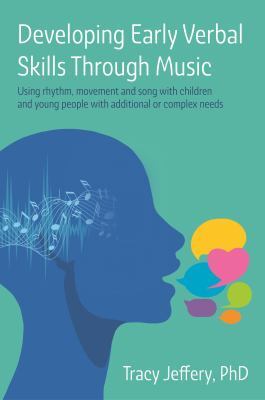
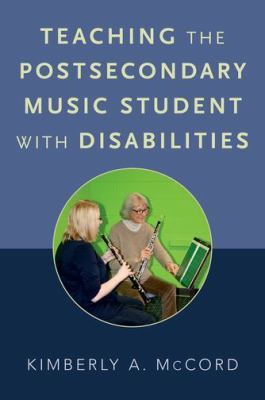
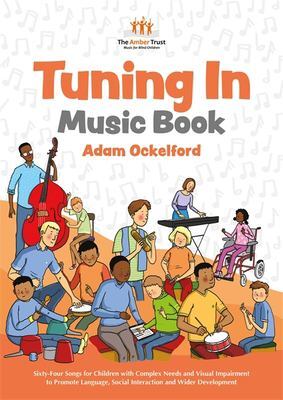
- Developing early verbal skills through music: using rhythm, movement and song with children and young people with additional or complex needs by Tracy Jeffery draws on up to date research about how music and speech are linked, and how much can be used to support speech development.
- Teaching the postsecondary music student with disabilities by Kimberly McCord offers strategies for teaching music students with disabilities at the postsecondary level. While situated in the US context it offers inclusive strategies for music education more broadly. Recommended chapter: “Strategies for creating inclusive music classes, ensembles, and lessons.”
- Transformational piano teaching: mentoring students from all walks of life by Derek Kealii Polischuk has tips and strategies for teaching for individuals from all walks of life. Recommended chapter: “Bringing it all together: Your studio as a diverse set of individuals.”
- Tuning in music book: sixty-four songs for children with complex needs and visual impairment to promote language, social interaction and wider development by Adam Ockelford includes songs and flash cards that work on building musical development – as well as potential spaces to adapt and adjust.
Music
- Quartet in E minor: from my life: for two violins, viola and cello by Bedrich Smetana
- Concerto for violin, horn and orchestra by Ethel Smyth
- In a summer garden: symphonic poem for orchestra by Frederick Delius
- Concerto for piano and orchestra in D major for the left hand by Maurice Ravel
- Electric Django by Django Reinhardt
Blog category